
For many Europeans, the tiny island nation of Malta is a sun-drenched tourist destination. But for the 5,000 undocumented immigrants currently stuck in Malta’s detention centers, it’s more like a Mediterranean Alcatraz. The country has barbaric immigration policies: Those who arrive without documents are incarcerated in crowded detention centers, where they wait for political asylum for up to 18 months. Some immigrants hoping to reach mainland Europe wind up waiting in Malta, an archipelago between Libya and Sicily, for as long as 10 years.
The Italian street artist Biancoshock first learned of this dire migrant crisis in 2014, when he gave a talk at Malta University. “The citizens do not speak of this hidden problem,” Biancoschock tells Hyperallergic. The crisis is easy for residents to ignore, because the detention camps are far from the cities. “I was speechless: an island that for some is a heavenly holiday destination is for others hell, a prison,” the artist says. To draw attention to the situation, he created Identity Malta, a series of art interventions near the detention camps and on city streets.
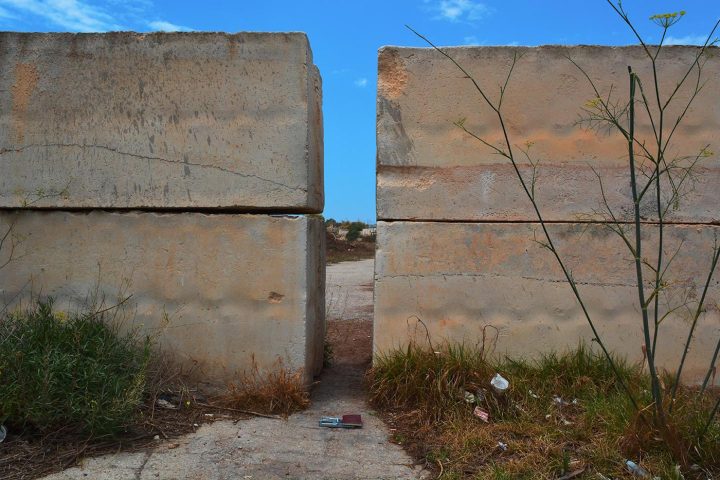
“Identity Malta is a series of small actions, interventions, and performances that reflect on migrant identity,” Biancoshock says. Migrants in Malta are not identified by their given names; instead, they’re given numbers, which they depend on to survive. “No number, no food, no medical care, no five euro weekly stipend,” Biancoshock says. “My motivation was to try to relate the experiences of these invisible people who no longer have an identity.”

The most notorious detention camp is located in Ħal Far — Maltese for “Rat’s Mouth” — an industrial city in a desert landscape. “There’s only the sun, high temperatures, and some factories,” Biancoshock says. To create Identity Malta, the artist visited Ħal Far’s fenced-in militarized zone, with rows of prefab, temporary housing units that house up to 20 immigrants each. The conditions in such camps are so inhumane that, since 2010, Doctors Without Borders refused to work behind the fences of Maltese asylum centers. Refugees lack food, basic healthcare, and hygiene; there are bed shortages and broken glass everywhere.

One of Biancoshock’s interventions is “Refugee Trap,” which features a European passport leaning on a mousetrap in front of one of the camp’s entrances. The passport is an “object that people with citizenship take as their fundamental right,” he says. For those without passports, “it could represent a lure or a trap set to catch all those treated as rats.”
Then there’s “The Holy Phone,” a converted defunct phone booth near the Ħal Far barracks. “Flowers and the candles transform the booth into a sanctuary,” Biancoshock writes. “Now the phone becomes a kind of votive figure, like the Virgin Mary, an object of worship, which in times before someone could use to make contact with the afterlife, or, in this case, with their family and friends back home.”

Ħal Far is home not just to the immigrant detention center, but also to the local factories of several multinational companies — including Playmobil, the children’s toy manufacturer. Less than a mile from the Ħal Far Immigration Reception Center, Playmobil runs a public amusement park for children. To highlight the dissonant irony of this juxtaposition, Biancoshock altered the signage in front of the Playmobil amusement park, in sight of the rows of temporary housing modules, directing would-be Playmobil visitors toward the camps instead.

“This small sign makes a big statement in terms of the Playmobil concept: consider the migrants as human Playmobils, as the puppets of the powerful and their bureaucracies,” Biancoshock writes. “Envisage the camp as a playground where those outside the fence can observe those behind the fence.”
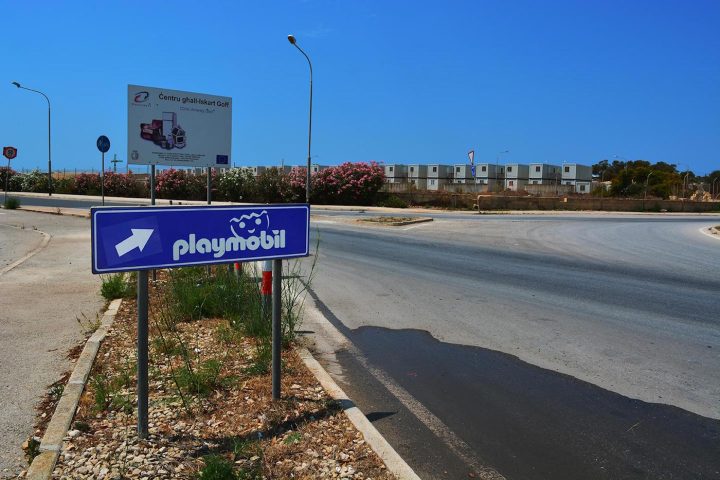
Another of the Italian artist’s interventions, “First and Second Class,” consists of a pair of “welcome” signs installed on a street corner in the Maltese capital of Valletta, intended to highlight the special treatment given to wealthy migrants. A passport costs € 650 (~$707) in Malta, meaning that “there is a relatively wealthy, first-class migrant group, who tend to find a safe haven in Valletta, and then there are the others who land on the island via traffickers on boats,” Biancoshock writes. “The latter are sent to Malta’s immigration centers, where some remain for up to ten years.” One sign features handcuffs, the other includes euro symbols. “They show two versions of the Maltese state’s ‘welcome’ to migrants: it highlights how this concept of ‘welcome’ depends on both human and economic generosity.”
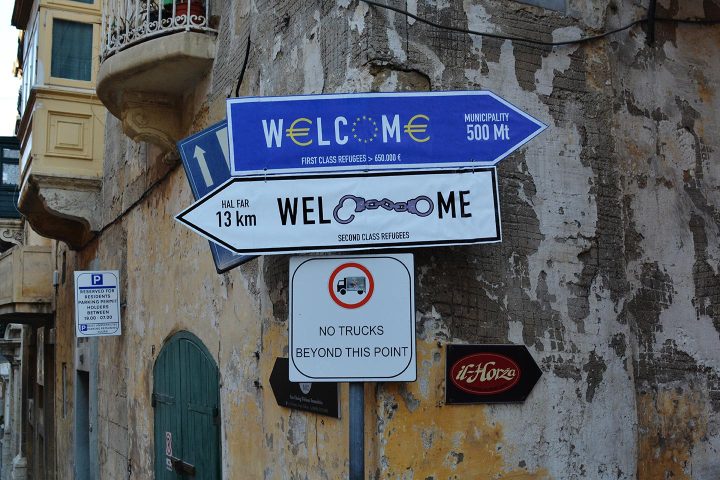
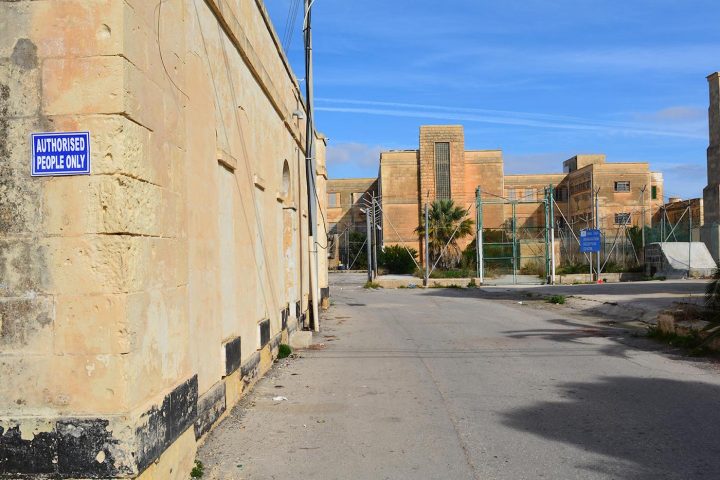

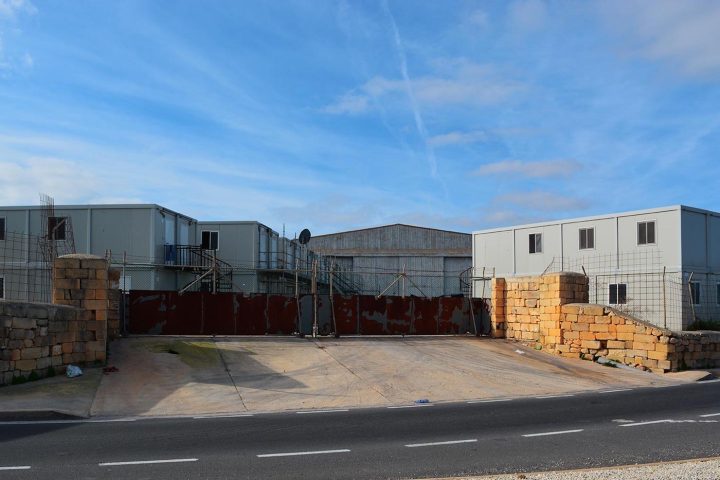
Identity Malta includes several other interventions and installations, which you can see on Biancoshock’s website.

No hay comentarios:
Publicar un comentario